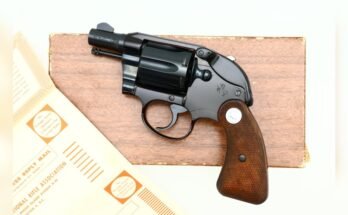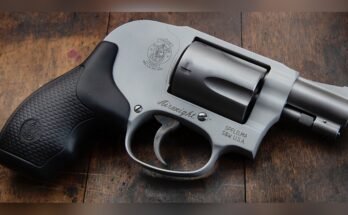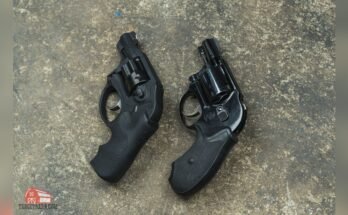If you’re considering a fixed cylinder revolver, it’s important to know what you’re getting into. While these firearms have their strengths, they also come with some clear disadvantages that might affect your shooting experience.
Understanding these drawbacks can help you make a smarter choice and avoid surprises later on. Keep reading to discover the key issues you need to watch out for with fixed cylinder revolvers—your safety and satisfaction could depend on it.
Limited Ammunition Capacity
One major disadvantage of a fixed cylinder revolver is its limited ammunition capacity. These revolvers usually hold fewer rounds than other types of firearms. This restriction can affect the user in various situations.
Carrying only a few bullets means fewer chances to shoot before reloading. Reloading a fixed cylinder revolver takes more time and effort compared to other guns. This can be a big problem in self-defense or hunting scenarios.
Standard Capacity Limits
Most fixed cylinder revolvers hold between five to six rounds. This is less than many semi-automatic pistols that hold ten or more. Limited rounds can reduce how long you can keep shooting without stopping.
Impact On Continuous Use
Fewer bullets mean you must reload more often. Reloading slows down your shooting speed and accuracy. It can also cause stress in urgent situations where quick action matters.
Restrictions For Extended Use
In long shooting sessions, the low ammo capacity forces frequent breaks. This disrupts your rhythm and focus. It also makes fixed cylinder revolvers less suitable for some shooting sports or professional use.
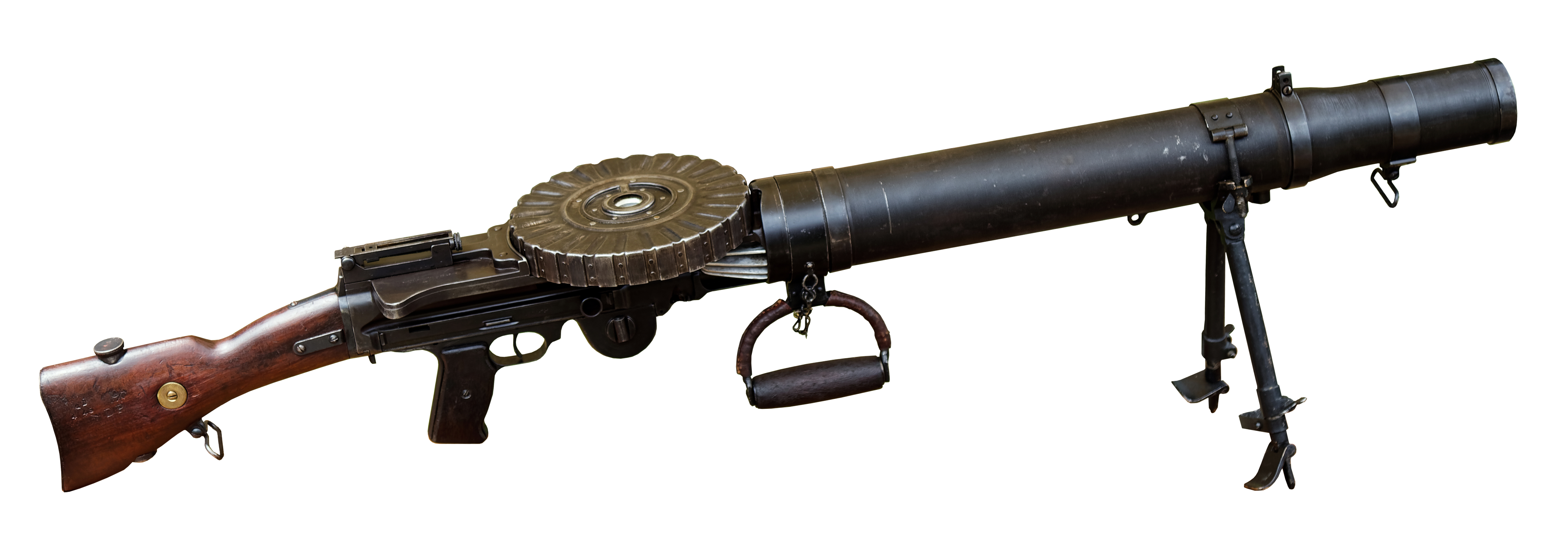
Slower Reload Speed
Reloading a fixed cylinder revolver takes more time than other firearms. This is a major downside for users who need quick follow-up shots. The cylinder must be opened and each cartridge removed individually.
This slower reload speed can affect performance, especially in self-defense or competitive shooting. Speed matters when seconds count.
Manual Ejection Of Spent Cartridges
After firing, each empty case must be pushed out by hand or with an ejector rod. This process is slow and requires careful handling.
Unlike semi-automatic pistols, there is no automatic ejection. This makes reloading take longer and slows down the shooter.
Loading One Cartridge At A Time
Cartridges must be loaded one by one into the cylinder chambers. The shooter cannot load all at once.
This step-by-step loading adds precious seconds. It interrupts the shooting flow and slows down readiness.
Limited Use Of Speed-reload Tools
Speed loaders or moon clips can help, but not all fixed cylinder revolvers support them.
Many models require manual loading, reducing the benefit of these tools. This limits the reload speed improvement.
Bulkier Design
The bulkier design of fixed cylinder revolvers can be a drawback for many users. These guns often feel heavier and larger than other types. This makes them harder to carry and handle comfortably. The size can affect how quickly you aim and shoot.
Due to the solid cylinder, the revolver needs extra material. This adds to the overall weight. The added weight can tire your hand during extended use. It also makes the revolver less convenient for daily carry.
Heavier Weight Limits Mobility
The extra weight of fixed cylinder revolvers reduces mobility. Carrying them for long periods becomes uncomfortable. This can be a problem for people who need to move fast. The bulk can slow down quick actions and responses.
Harder To Conceal
Fixed cylinder revolvers are harder to hide under clothing. Their larger size creates visible bulges. This lowers the ability to carry discreetly. People who need a concealed weapon may find this a serious issue.
Slower Reloading Process
The design of fixed cylinder revolvers can slow reloading. You must remove the whole cylinder to reload. This takes more time compared to swing-out cylinders. In stressful situations, this delay can be critical.
Restricted Caliber Options
Fixed cylinder revolvers limit you to specific calibers only. This reduces your choice and flexibility for different shooting needs. Changing calibers is not an option with these revolvers.
Limited Caliber Variety
Fixed cylinder revolvers usually support fewer calibers. The cylinder size and shape limit the types of ammunition that fit.
This restriction means users cannot easily switch to different calibers. The revolver is designed for a specific cartridge size.
Impact On Versatility
The lack of caliber options reduces the revolver’s versatility. It cannot adapt to various shooting needs or preferences.
Shooters who want to try different calibers must buy different revolvers. This can increase costs and complicate firearm collection.
Challenges For Customization
Customizing a fixed cylinder revolver for other calibers is difficult. The cylinder is not interchangeable like in some other revolvers.
This limits upgrades or modifications. Users cannot easily improve performance by changing caliber types.
Mechanical Wear And Tear
Mechanical wear and tear affects fixed cylinder revolvers over time. Parts grind against each other with every shot. This slow damage can reduce the gun’s performance and safety.
Repeated use causes the cylinder to wear down. This can lead to poor alignment with the barrel. Misalignment reduces accuracy and can be dangerous.
Wear On The Cylinder Notches
The cylinder has notches that lock it in place. These notches wear out from constant rotation and firing. Worn notches cause the cylinder to slip or rotate improperly.
Damage To The Locking Mechanism
The locking mechanism holds the cylinder steady during firing. Continuous use causes this part to weaken. A weak lock can cause misfires or timing issues.
Hammer And Trigger Wear
The hammer and trigger parts move often. Their repeated contact causes metal fatigue. This can make the trigger feel loose or the hammer less reliable.
Spring Fatigue
Springs inside the revolver control the cylinder and hammer. Over time, springs lose their strength. Weak springs reduce the gun’s reliability and firing speed.
Impact On Longevity And Maintenance
Wear and tear increase the need for repairs. Regular maintenance becomes essential to keep the revolver working. Ignoring wear can shorten the gun’s lifespan.

Reduced Customization
A fixed cylinder revolver limits how much you can change or upgrade it. This restriction affects the gun’s performance and personalization. Customization helps shooters improve comfort, accuracy, and style. Without it, options become very narrow.
Many shooters like to adjust grips, sights, and triggers. Fixed cylinder models often come with fewer choices. This can be frustrating for users who want a gun that fits their needs perfectly.
Limited Grip Options
Fixed cylinder revolvers usually have standard grips. Changing the grip to a different size or material is hard. This limits comfort and control. People with different hand sizes may find it uncomfortable.
Restricted Sight Upgrades
Sights on fixed cylinder revolvers are often fixed or hard to replace. This limits the ability to improve aiming. Shooters cannot easily switch to night sights or fiber optic sights. This reduces shooting accuracy in different conditions.
Trigger Modification Challenges
Trigger systems in fixed cylinder revolvers are often set in place. Changing trigger pull weight or travel can be difficult or impossible. This limits how smooth or light the trigger feels. Shooters may find it less satisfying to shoot.
Limited Tactical Use
Fixed cylinder revolvers have a clear limitation in tactical situations. Their design affects how quickly and efficiently you can operate the firearm under pressure. This makes them less suitable for tasks that need speed and flexibility.
These revolvers are slower to reload and harder to maintain in fast-paced environments. The fixed cylinder means you must remove the entire cylinder to reload. This process takes more time than other revolver types or semi-automatic pistols. In a critical moment, every second counts.
Slower Reloading Process
The fixed cylinder requires detaching the whole cylinder for reloading. This slows down the shooter significantly. Tactical scenarios demand quick reloads to stay effective. Fixed cylinder revolvers cannot meet this speed need easily.
Reduced Flexibility In Ammunition
Changing ammo types quickly is difficult with a fixed cylinder. Tactical users may need different rounds for different targets. The fixed cylinder design limits how fast you can adapt. This reduces the gun’s tactical usefulness.
Less Durable Under Stress
Fixed cylinders are less resistant to rough handling. Tactical use often involves harsh conditions and fast movements. This design can wear out faster or get damaged more easily. Reliability is crucial in tactical gear, and this can be a drawback.
Limited Tactical Grip And Control
The fixed cylinder affects the balance and grip of the revolver. Tactical shooters need good control for accuracy and speed. This design may feel awkward or heavy in action. It can reduce shooting effectiveness in tense moments.
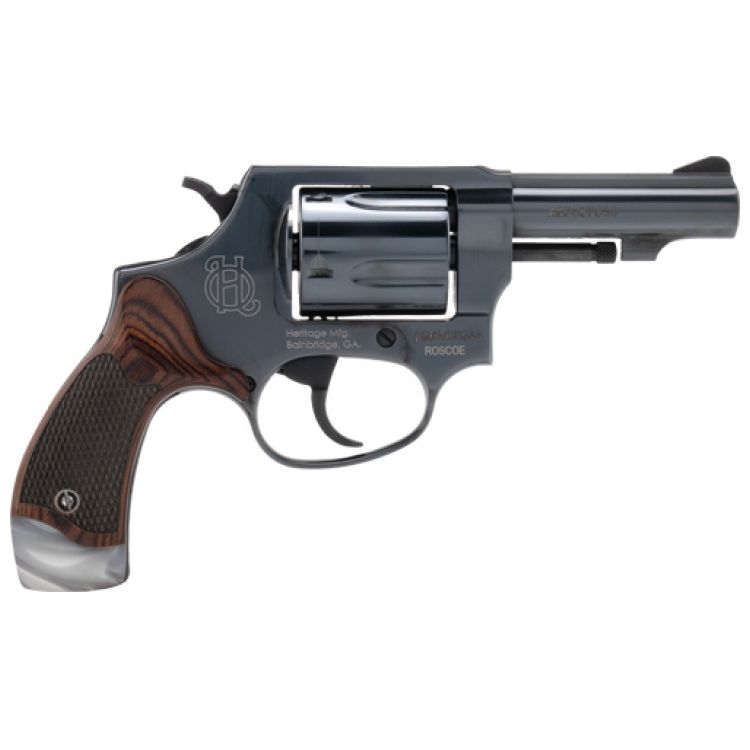
Frequently Asked Questions
What Limits The Speed Of A Fixed Cylinder Revolver?
A fixed cylinder revolver requires manual rotation of the cylinder to align the chamber. This slows down the firing rate compared to swing-out cylinder models.
Why Is Reloading Slower In Fixed Cylinder Revolvers?
Reloading involves ejecting spent cartridges individually. This process is time-consuming, reducing efficiency during rapid shooting or self-defense situations.
How Does A Fixed Cylinder Affect Firearm Maintenance?
Fixed cylinders complicate cleaning and maintenance. Users must access each chamber carefully, which can be cumbersome compared to removable cylinders.
Are Fixed Cylinder Revolvers Less Durable Than Other Types?
Fixed cylinder revolvers are generally robust but can suffer from wear due to manual cylinder rotation. This can affect long-term reliability.
Conclusion
Fixed cylinder revolvers have clear drawbacks to consider. They limit quick reloading and reduce flexibility. The fixed cylinder design can make cleaning harder and slower. This type of revolver also tends to be bulkier and heavier. Such factors may affect handling and comfort during use.
Understanding these issues helps in choosing the right firearm. Each design has trade-offs, so weigh them carefully. Choose what fits your needs and style best.
